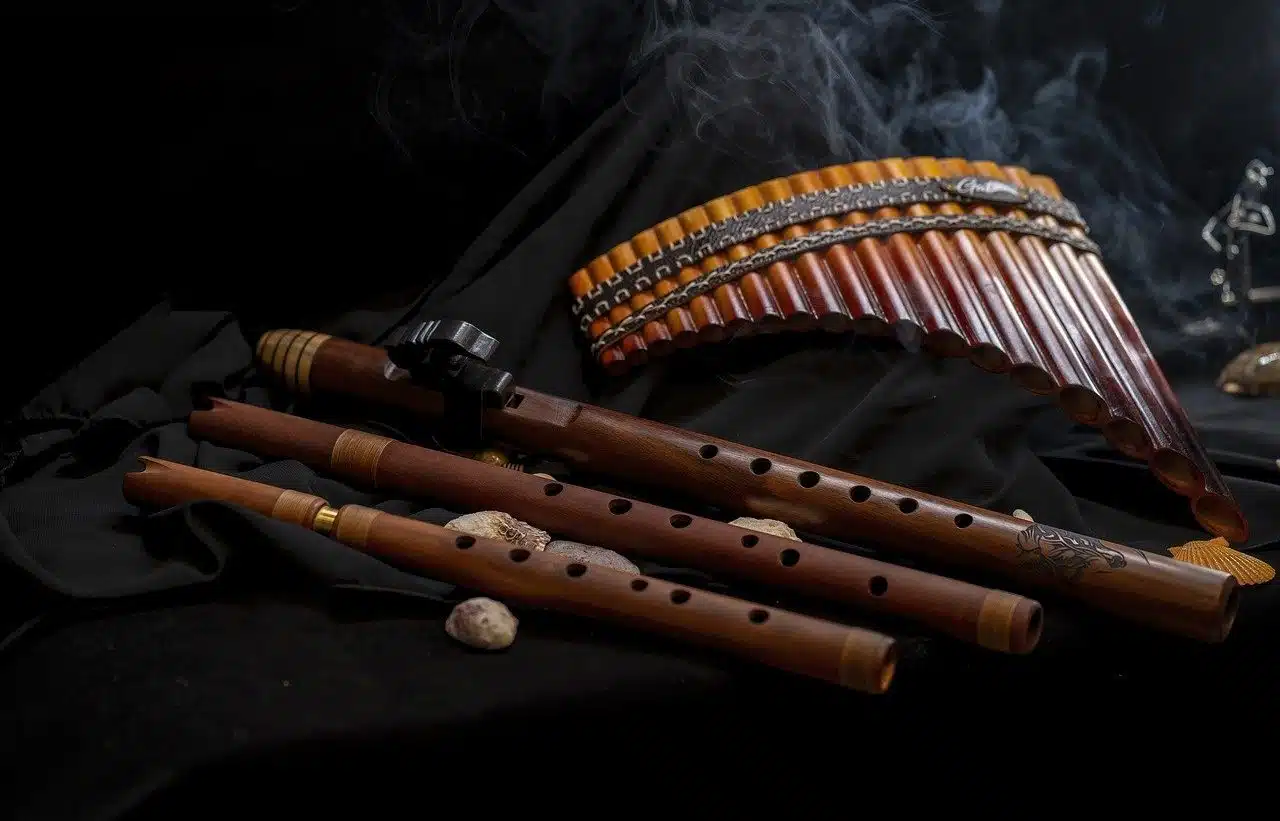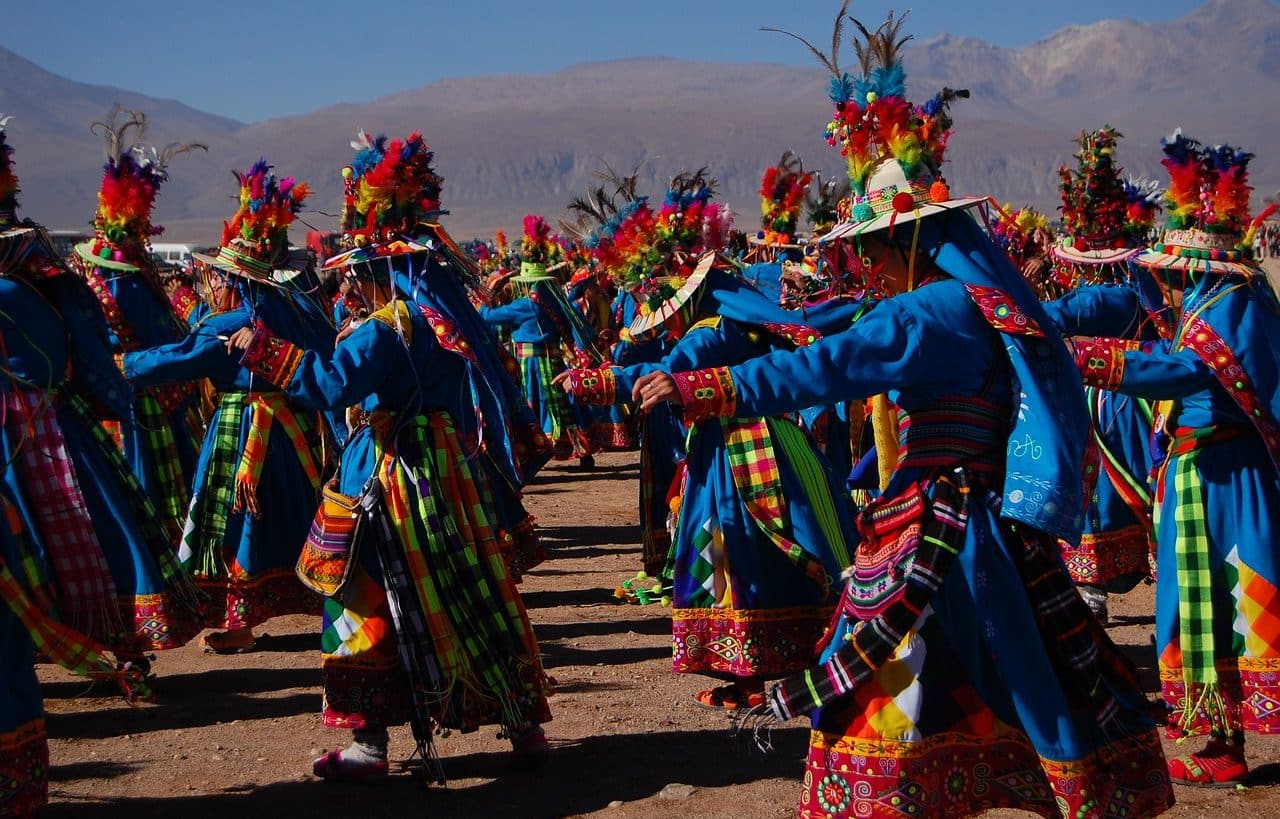
The quena is a vertical flute.
The quena is a wind musical instrument native to the Andean region. Built with cane, clay, wood or bone, it generally has seven holes : six in the front and another in the back, which is covered with the thumb.
Before moving forward, it is important to know the etymological origin of the term. In this sense, we can say that it derives from a Quechua word: kkhéna , which can be translated as "flute" .
History of the quena
This instrument is traditional from Andean folklore , since it was used by pre-Columbian and even pre-Inca cultures . It is said, in fact, that it is the oldest wind instrument.
The studies carried out have shown that you can find quena models made with pumpkin, pelican bone, stone, metal and even clay. These same works reveal that in ancient times it was common for men to play the quena after having been hunting.
Located within the group of vertical flutes , the quena was originally used to play pentatonic melodies. Over time , it began to be used to also play diatonic type melodies and finally for all types of melodies.
The quena was usually used for ritual purposes to pay tribute to the gods or to celebrate different events. Today it is used to perform typical songs from the Andean area, in countries such as Peru , Bolivia and Argentina .
The quena is used to accompany different instruments: charangos , sicus, percussion instruments, etc. A band formed by a box, a charango and a quena will have a typical formation of Andean folklore.

The quena is an important instrument in Andean folklore.
Main features
The length of the quena is usually around half a meter, although it varies according to the model . Its tube is hollow, with a diameter of about two centimeters, and is blown through a nozzle that can be V or U shaped. Depending on the length and other characteristics, there are different types of quena that can offer different sounds.
It can be said that the quena is the most significant instrument in the tradition of Andean music along with two others, such as the sicu and the charango . The first is a panpipe and the second is a string instrument that has five double strings.
Quena markama
There are various types of quena, based, for example, on the material with which it is made. However, one of the most well-known and significant is the one called markama . This, which is characterized by its 4-4-1 fingering, was designed and popularized throughout the world by an Argentine group also called that, which specializes in folk music and has been active since the 1970s.
Specifically, it was in 1975 that this group was founded in the city of Mendoza , which has a discography made up of a total of fifteen albums, among which are "My old song" ( 1982 ), "Danzas argentinas" ( 2007 ) and " 40 years today" ( 2015 ).
